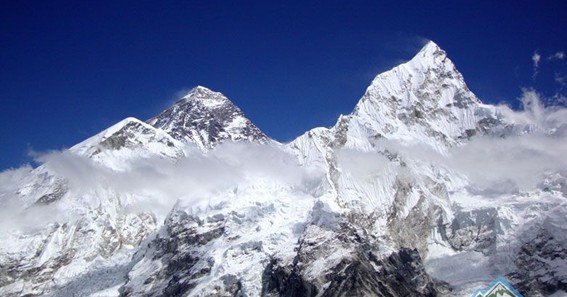From standing beneath the planet’s tallest summit to experiencing Sherpa hospitality, 2025 offers a once‑in‑a‑generation mix of adventure, culture, and urgency that makes Mount Everest a bucket‑list topper.
Why would you want to visit Mount Everest this year?
1. Last Chance Before Permit Fees Jump
Nepal will raise the climbing permit from US $11 000 to $15 000 in September 2025—a 36 % hike that will ripple through trek prices too. Booking now locks in lower costs.
2. Experience Everest Before the 7,000 m Law
A draft bill in Nepal’s parliament would require climbers to summit a 7,000-meter Himalayan peak first, adding both time and money to future expeditions. The rule could pass in 2025.
3. Record‑Breaking Summit Seasons
Everest hit 787 Nepal‑side summits in 2024, pushing lifetime totals past 12,800. Improved logistics now allow strong amateurs, not just elite alpinists, to reach the top.
4. Safer Trails Thanks to Mandatory Guides
Since April 2023, every trekker must hire a licensed Nepali guide, boosting rescue capability and supporting local jobs, peace of mind for first‑timers on the Everest Base Camp (EBC) trail.
5. A Cleaner, Greener Mountain
The 2024 Nepali Army cleanup hauled 11 tonnes of trash and five bodies from high camps, accelerating efforts to keep Everest pristine.
6. Witness Climate Change in Real Time
Khumbu Glacier beneath Base Camp is thinning by ≈1 m per year; scientists predict the iconic campsite may relocate within a few seasons. Visiting now lets you see history before it moves.
7. Sherpa Culture & High‑Altitude Monasteries
Villages like Namche, Khumjung, and Tengboche blend yak‑caravan trade routes with vibrant Buddhist traditions—an anthropological highlight of any trek.
8. Improved Tech & Infrastructure
Solar‑powered teahouses, 4G connectivity at Base Camp, daily flights to Lukla, and helicopter med‑evacs deliver adventure without sacrificing safety or comfort.
9. Diverse Challenge Menu
Not ready for 8,848 m? Choose EBC (5,364 m), a Lobuche East climb (6,119 m), or “Everest Panorama” treks with jaw‑dropping vistas—perfect stepping‑stones toward the big peak.
10. Personal Growth & Global Perspective
Everest’s extreme altitude, multicultural climbing teams, and stark evidence of warming glaciers combine into a life‑altering lesson in resilience, teamwork, and planet stewardship.
Practical Snapshot (May 2025)
| Item | 2025 Figure |
|---|---|
| EBC trek permits | US $59 total (park + local + TIMS) |
| Guide wages | US $25‑30 / day |
| Typical EBC trek length | 12‑14 days Lukla–EBC round‑trip |
| Spring summit window | ~15 May ± 5 days |
| Recent deaths (2024) | 8 climbers |
FAQ
-
Will I have to climb a 7,000 m peak before Everest?
Not yet—the law is still in debate, but could pass later in 2025. -
Is solo trekking banned?
Yes—Nepal now requires all trekkers to hire licensed guides and carry TIMS cards on routes like EBC. -
How crowded is Everest these days?
Summit queues still form on perfect‑weather days, but stricter rules, experience prerequisites, and higher fees aim to thin numbers after 2024’s 787‑summit season. -
What’s being done about Everest’s trash problem?
Annual military cleanups remove tonnes of waste and human remains; climbers must now carry out all garbage and pay a US $4 000 deposit refunded upon proof. -
When is the best time to trek if I dislike crowds?
Late November offers crisp skies and fewer hikers, though nights are colder; April provides rhododendron blooms but sees more traffic.










